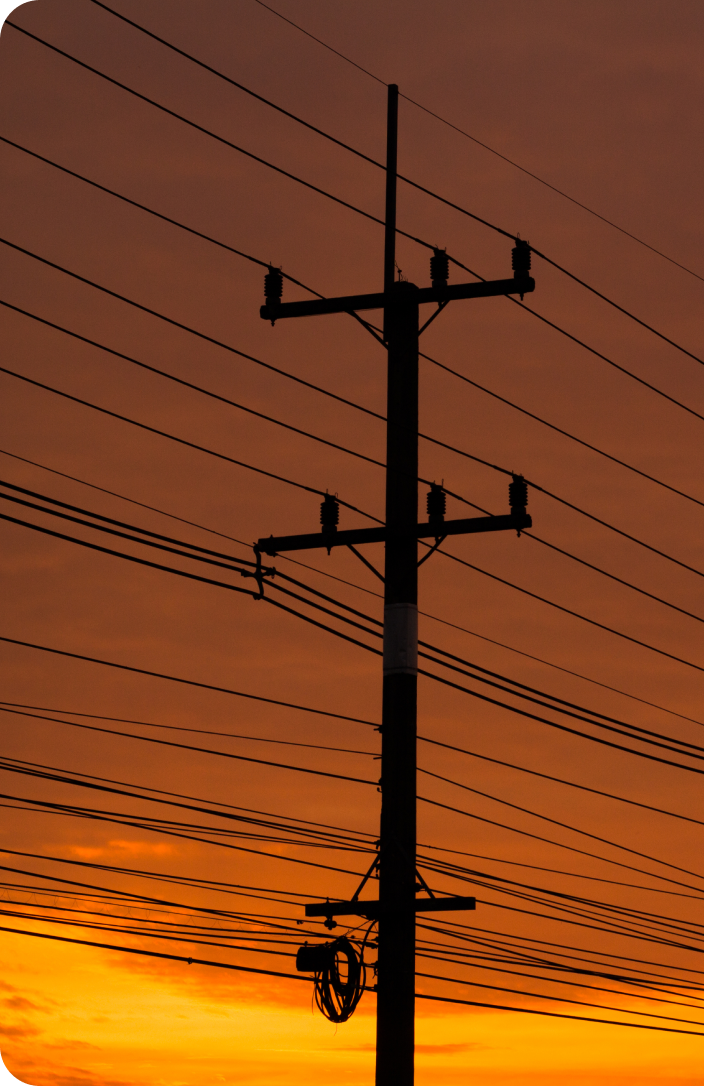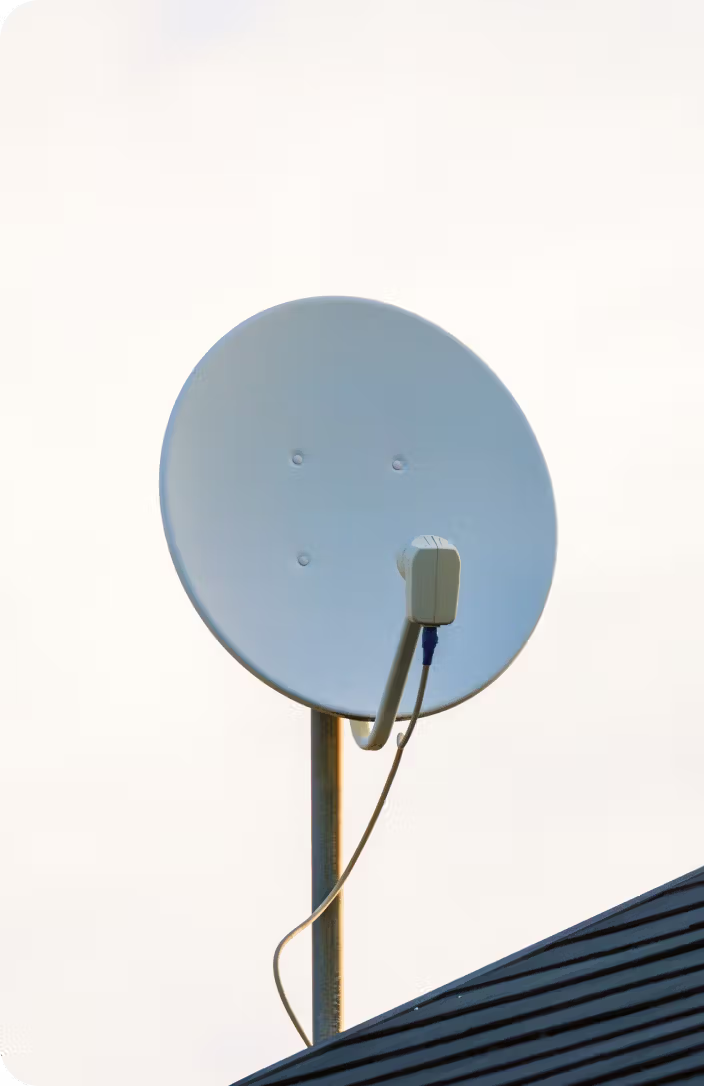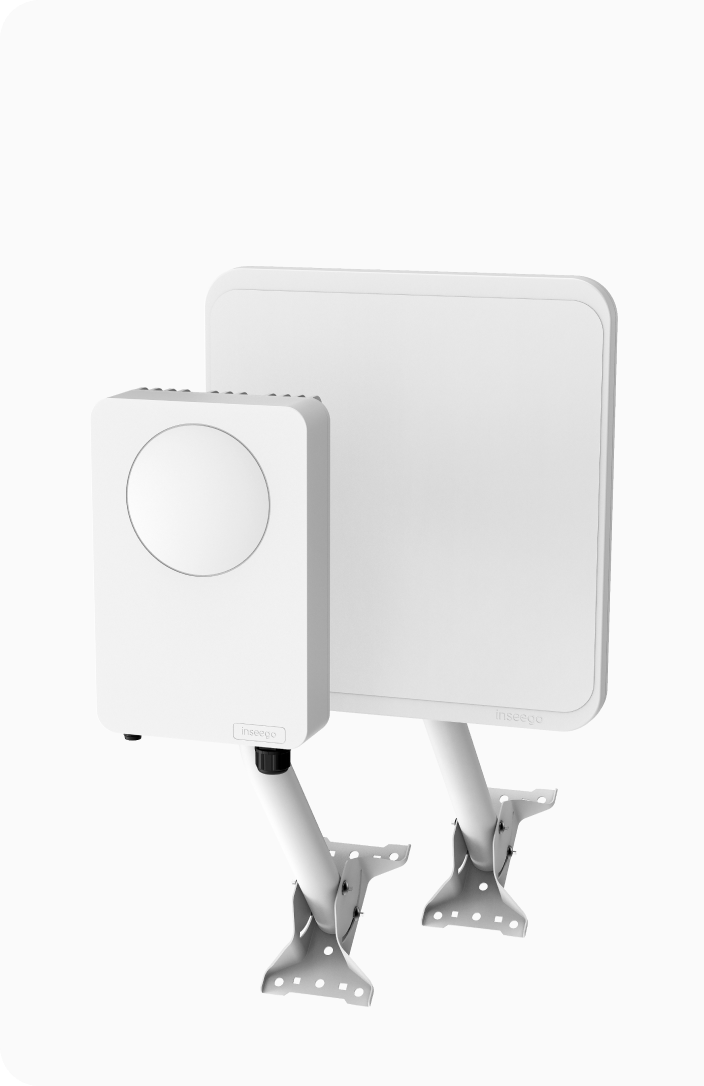Also in this category
View more in Network FailoverNetwork Failover
Five ways to minimize network downtime for your business
Updated on March 19, 2025

It’s not just system admins and IT managers that start to panic when they hear the word “downtime”. The whole business is scared of it, from staff who are in the middle of a sales call, contact center staff accessing customer databases or accountants crunching the numbers on how much downtime costs per minute (it’s around $9,000 depending on the business size, according to Ponemon Institute).
The cost of network downtime has only increased throughout the years. About 60% of recent outages for businesses have reached up to $100,000 USD in losses, according to Uptime’s 2022 Data Center Resiliency
So, the logical thing for any business to do is to look at ways of making sure this never happens.
Of course, it’s impossible to guarantee that you’ll never have a second of downtime — that’s a little unrealistic when you take into account all the moving parts of a business network and the factors beyond your control — however there are steps you can take to make it a whole lot less likely you’ll ever have downtime, or if you do, it will be back up a lot quicker, and that’s good for business, and good for the bottom line.
Here are five important things you can do to minimize network downtime.
1 - Run some internal and external analysis
Analyze the setup of your network and check for potential points of failure. Not only can this help you to strengthen those weak points, but, in the event of downtime, you know where to start looking to isolate the problem.
For any parts of the network infrastructure under your management, do you have a maintenance system in place? Do aging cables or routers need replacing? Does firmware need updating? Or, maybe legacy wired networks can be replaced with a wireless network?
- Internal analysis: Routers, cabling, plugs, network servers, server software, and power supplies.
- External analysis: Internet service providers (ISP), internet gateways, utility suppliers, cloud services, CDN and other network caching services
Nothing can substitute for good planning and preparation — don’t wait until there’s a problem, and don’t put it off any longer. It’s time to do a full audit of your network setup so you can make whatever changes you need, strengthen your network, and be prepared with a quick response if there ever is a problem. Inseego devices have their own remote device management software to monitor network activity in real time.
2 - Make sure you are using quality equipment
It’s tempting to cut costs by buying cheaper network equipment; cabling, routers or switches. It might save money in the short term but the cost of potential downtime far outweighs any savings.
Make a commitment to only buy quality network equipment, ensuring that your network gear is not the reason for downtime.
Enterprise-level network infrastructure should include quality 5G cellular routers such as those supplied by Inseego for large corporate setups, that can be easily managed in the cloud from a single pane of glass.
In fact, when you run the numbers you might find cellular network connectivity devices are more cost-effective than you think. Prices for wireless connectivity has dropped significantly in comparison to cable internet in recent years, employees are more productive with connectivity on the go, and, of course, there are the future savings of preventing downtime due to your primary connection failing with a secondary cellular connection taking over.
Learn more about cellular routers3 - Have a redundant network connection
A redundant network connection is a little like a spare tire — it’s there anytime you need it, and it’s a quick changeover whenever there’s a problem.
A redundant network connection is an essential part of the setup for businesses where a continuous connection is absolutely critical. This could be retail businesses that cannot process sales without network connectivity, and any minute of downtime leads to lost revenue, and damaging to the reputation of the business.
Basically, a switch allows network traffic to be routed through a different carrier or ISP, based on certain events, such as downtime for more than 30 seconds, excessive slowdown of network speed or avoiding data overage charges.
Learn more about cellular failoverCellular routers as a redundancy solution
To mitigate the risks of network outages, integrating cellular routers, both indoor and outdoor, into your network infrastructure is crucial. Cellular routers can provide a backup network path that automatically activates during an outage, keeping your business operational even when your primary ISP fails.
Having your alternative connection through a different provider allows for situations where the internet provider has a fault, which means you can switch to a different carrier that is still working. Inseego offers this functionality as a part of our Indoor cellular router solutions and outdoor cellular antennas.
Indoor cellular routers
Our indoor cellular routers offer a powerful failover solution by connecting your internal network to cellular networks from different service providers. They ensure uninterrupted network connectivity when your fixed-line internet experiences issues such as bandwidth limitations or ISP outages. These routers are equipped with advanced features for dynamic load balancing, which optimizes network traffic distribution for improved redundancy and performance. Additionally, with real-time network monitoring and management capabilities, these devices allow IT staff to quickly detect and respond to network vulnerabilities or misconfigurations, enhancing overall network resilience.
Learn more about indoor cellular routersOutdoor cellular CPE antennas
Inseego's outdoor CPE (Customer Premise Equipment) solutions extend network redundancy by utilizing cellular connectivity in environments prone to harsh weather conditions or natural disasters, which often disrupt traditional network infrastructures. These rugged outdoor devices are designed to withstand extreme conditions while providing high-speed LTE or 5G connectivity. They offer a reliable backup that supplements the primary connection, automatically taking over in case of network disruptions. This added layer of redundancy is critical for locations where data center connectivity and uptime are essential to operations and business continuity.
Learn more about our outdoor CPE cellular antennas4 - Employ a backup power connection
Another potential danger to your network connection is losing power. Depending on the location, power cuts may be more, or less, of an issue, but even infrequent outages are reason enough to employ an alternative power connection.
Whether the point of failure is the city, suburb or even just your building, it pays to have a Uninterruptible Power Supply (UPS). A UPS provides backup battery power to your IT systems which kicks in the moment regular power goes offline. Through a UPS, any loss of power will immediately transfer to the battery supply, without any noticeable interruption from the user.
This could help prevent losing any unsaved data, potentially saving hundreds of hours of work, depending on how many employees you have, or missed sales for retail points of sale systems.
Depending on the UPS, you will generally have hours of continued network connectivity, allowing for the power outage problem to be resolved, or switching to a contingency solution.
Even if you only experienced a single blackout, saving your network could easily pay for the cost of a UPS.
5 - Switch to cloud-based network management
As modern enterprises gravitate away from traditional wired networks and on-site server rooms, cloud network services have become increasingly vital. Inseego Connect emerges as an essential toolset for businesses aiming to streamline and upgrade their network management in the cloud, effectively bypassing traditional points of failure like local blackouts, human error, hardware failure, and cabling faults.
Inseego Connect offers a comprehensive suite of cloud-based solutions that facilitate seamless remote management of your network devices, reducing the threat posed by compromised hardware and enhancing overall cybersecurity. This platform provides robust protection against cyberattacks and vulnerabilities, minimizing potential network failure.
Key features of Inseego Connect
- Intuitive Remote Management: Inseego Connect offers a user-friendly web interface for configuring settings, viewing diagnostics, and receiving alerts from any location. This enables IT teams to monitor network activities in real-time, promptly addressing any issues before they escalate into major disruptions wherever the team is located.
- Enhanced Security Measures: The platform incorporates advanced security protocols that protect your network against unauthorized access and cyber threats, further reducing the risk of network downtime.
Your network is the lifeblood of your business — make sure it’s protected
It’s all too easy to only think about preventing network downtime after it happens. Choose to be more proactive and take steps today to identify potential problems before they bring down your network, and cost your business in lost sales, lost productivity and bigger IT bills.
In summary, here are the five steps to help reduce the possibility your business will experience network issues:
- Run some internal and external analysis
- Make sure you are using quality equipment
- Have a redundant network connection
- Employ a backup power connection
- Switch to cloud-based network management
After reviewing this article, how ready is your business for network downtime? Talk to us if you need help developing a more robust network solution, or moving to a fully remote cloud-based network solution.
Talk to our experts!
Set your customers or business up with the fastest, easiest, most reliable fixed wireless solutions.
Do you currently have a failover solution?
What are you using for failover?
Cellular provides a superior failover option compared to cable
Cellular provides a superior failover option compared to fiber
Cellular provides a superior failover option compared to satellite
Are you interested in using cellular for failover instead?
Cellular is an ideal failover solution for businesses
Are you interested in using cellular as failover for your business?
Besides failover, are you interested in using cellular for flexible or temporary internet?
Even if temporary internet isn’t a focus, would you be interested in using cellular for cost-effective scalability?
Here's some resources
Here's the solution for failover!
Here's a cost-effective solution!
Here's the solution for temporary internet!
What are your details?
How can we contact you?















Did you know?
Our hugely experienced team are located across the USA.
We’ll connect you with the Inseego team member nearest to you.
What happens next?
We aim to contact you via email within 1 business day to arrange a suitable to time for a detailed discussion of your needs.
